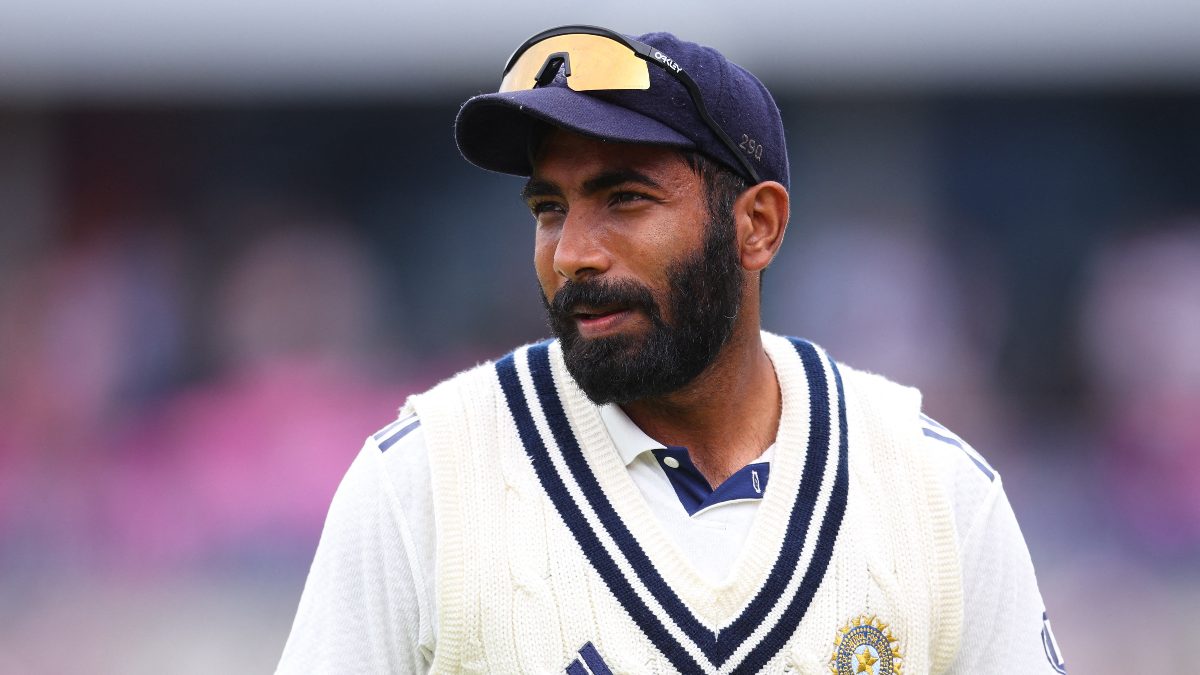India were dead and buried as soon as they lost two top batsmen - Sikhar Dhawan and Virat Kohli - inside four overs of the start of the chase against Australia. India’s woes in the first ODI were instant once they allowed the home team to recover from a slow start and end up with a massive total of 288/5. Looking at the huge outfield at SCG that total, however, was worth at least another 25 runs more. Visitors, who lacked power hitters in late middle-order and amongst tailenders, were always out on a limb after the top-order collapsed. [caption id=“attachment_5884241” align=“alignleft” width=“380”] India’s Ambati Rayudu had a bad day at office, getting out for 0 in the first ODI. AP[/caption] A central truth about limited-overs cricket is that it is not the better team which wins; instead it is the team that plays better on the day that prevails. Undoubtedly the team that played better on Saturday was the home side who many were hasty to dub as weak and rudderless without Steve Smith and David Warner. The relatively young and inexperienced team came out fighting in true Australian spirit to outsmart its more experienced opponent. Skipper Kohli said post the match that it was not the results he was after. “We want to realise what our shortcomings are so that we can work on them going forward into the World Cup,” he said. The biggest challenge for him would be the team’s middle-order batting, particularly if the top order collapses like it did today. In challenging times, the No 4, 5 and 6 batsmen must take responsibility, hold fort and take the fight to the opposition. But that did not happen today. Ambati Rayudu, MS Dhoni and Dinesh Karthik, the three men who formed the middle-order in this game were not up to the challenge. Dhoni was the exception. He walked in when the team was three wickets down for a miserable four runs and grimly battled along with opener Rohit Sharma to keep the rampaging Aussies at bay. The former Indian captain defended stoutly, ran hard and opened up every now and then to blast the bowlers. His 137-run fourth wicket stand with Rohit Sharma (133 from 129) not only took the match deep but gave India a real chance to make a charge. But the lack of powerhitters was reflective in the chase. While Dhoni with his 96-ball 51, seemed combative enough to show that he could play a pivotal role in the middle order, Rayudu and Karthik were disappointing. Karthik did not even wait till he got his eye in. He attempted some wild, unnecessary shots. After all there was the free-flowing Rohit Sharma batting at the other end and there were still quite a few overs to go. He came in to bat in the 33rd over and even a 50-run stand with Rohit Sharma at that stage could have helped the Indian cause. But it was not to be. Karthik had other ideas. He batted as though he wanted to win the match off his own bat, never mind that he was not used to batting at SCG. He was unconvincing during his short stay which was punctuated by unexplained rushes of blood. At no time did he look like he was in charge and thus he certainly did not inspire any confidence. He just left Rohit high and dry, after which there was too much ground to recover. Neither Ravindra Jadeja nor the other bowlers were up to taking the team over the line. In cricket there is a very sound adage: The batting team has to be lucky all the time in chasing a big target. The defending team needs to be lucky just once. That once was when Dhoni was wrongly given out leg before wicket. In fact it came as a bit of a surprise. Usually, it is next to impossible for a left-arm pacer operating from over the wicket to get an LBW verdict against a right-hand batsman. This is because the angle of the delivery will take it across the batsman’s body and towards slip. However, after Dhoni was declared out and there were no reviews remaining to challenge the poor verdict, it seemed like fortunes were with the home side. Earlier Rayudu, batting in the pivotal No 4 position lasted just one delivery. On the next delivery, he was trapped in front by the tall, lanky paceman Jhye Richardson. The loss of three wickets for four runs and the inability of the middle order to stand tall and fightback was probably the biggest worry for Kohli and team management. It brought back painful memories of the 2017 ICC Champions Trophy final at The Oval when India chasing Pakistan’s 338, lost Rohit and Kohli for 6 runs and the rest of the batting just collapsed. If collapses like these are not to be India’s signature tune then something has to be done about middle-order batting. Right now it does not inspire confidence in a crisis.
If collapses like these are not to be India’s signature tune then something has to be done about middle-order batting. Right now it does not inspire confidence in a crisis.
Advertisement
End of Article


)

)
)
)
)
)
)
)
)



